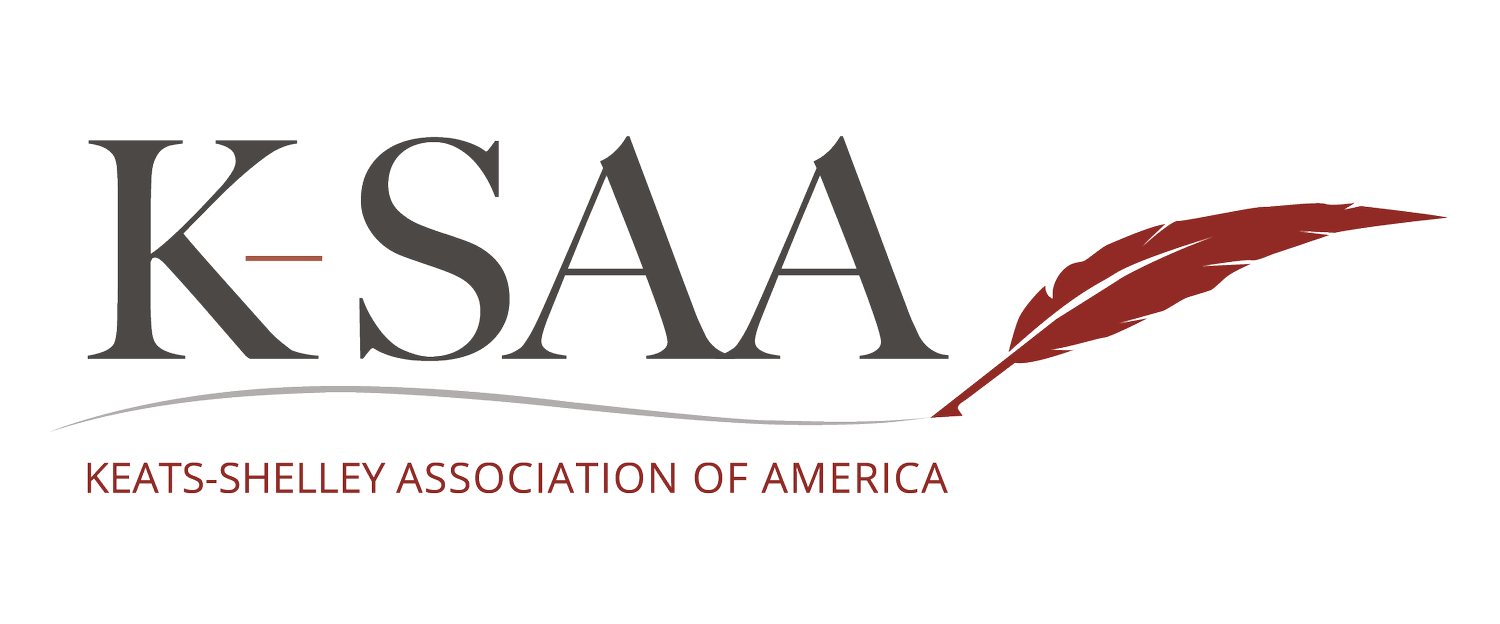The Rediscovery of Two Manuscript Letters and a Reappraisal of Keats’s Gravestone Inscription
An Interview with Grant F. Scott, Professor of English, Muhlenberg College
In an article for volume 73 of the Keats-Shelley Journal, Grant Scott details his discovery of two manuscript letters addressed to Joseph Severn—one from Charles Brown and one from John Taylor. These letters, found in the Birkenhead Archive, discuss the design and inscription of Keats’s gravestone and raise new questions about its origins.
“Throughout his long life, he kept revisiting the design, proposing several alternative concepts that were never realized. What we now learn from his manuscript letter to Taylor is that Severn had, from the very beginning, conceived a gravestone design that perfectly reflected Keats’s dying wishes. The real mystery is why he never used or returned to it again.”—from Scott’s “‘An Epitaph for Keats’: The Rediscovery of Two Manuscript Letters and a Reappraisal of His Gravestone Inscription,” forthcoming in volume 73 of the Keats-Shelley Journal
What first interested you in the subject of your article? How does it fit within your larger research interests and goals?
I got very interested in Joseph Severn back in the late '90s when I realized that he was the only member of the Keats circle who had direct knowledge of Keats's last five months. All we really know of this time is recorded in Severn's letters and memoirs. And then by accident I discovered that the book that so many biographers depended on for the Severn material -- William Sharp's Life and Letters (1892) -- was incomplete and deeply flawed. The transcripts were not only inaccurate but also embellished and censored. So I determined to track down the original manuscripts, if they survived, and put together a more trustworthy record. This eventually led me to a little-known accessions file at the Houghton Library and to the Birkenhead Archive, where I discovered over 700 letters from Severn to his wife Elizabeth, chapters from his longest memoir and, years later, the two important letters by Charles Brown and John Taylor. They had been stuffed into an old suitcase with family photographs and other memorabilia. The archive has since been moved and is now much better organized.
Can you say more about the Birkenhead Archive? Are there other aspects of this archive you plan to explore or write about, or that might be of interest to scholars of Romanticism?
The Birkenhead Archive is a treasure trove. It contains the Severn family letters, including runs by his daughters Eleanor and Mary and sons Walter and Arthur, as well as the Charles Brown correspondence to Severn (1821-1842) that Sue Brown discovered while she was working on her biography. We co-edited and published these letters on Romantic Circles. There are also several letters by Mary Shelley to Severn about his portrait of Percy Shelley in the Baths of Caracalla. And there are letters by Ruskin, Kipling, Churchill and a host of other writers and politicians that were friends with F. E. Smith and Sheila Birkenhead. I'm most interested right now in Mary Severn, who was perhaps the most talented of the Severn family artists. She traveled with her archeologist husband Charles Newton in the Levant and kept a series of brilliant and witty visual journals. She painted portraits of Queen Victoria's inner circle. And like Keats, whose poetry she loved, she died young (32). She deserves a biography.
Your article reveals the importance of revisiting prevailing information about Keats and other Romantic figures. What advice might you give graduate students or early career scholars who are engaging with similar narratives in their research?
In terms of advice, I’d say pursue your author’s original manuscripts in library special collections and private archives even if they have been published. It’s surprising the level of trust afforded to the first transcript of an important manuscript. What ensues is often a kind of chain reaction as one scholar follows another in quoting from the same source and, in a number of cases, quoting from each other quoting from the source. You can imagine what havoc is wreaked by the introduction of a single error. Even if the transcript is clean, the archive will reveal valuable contexts and paratexts. A letter in the next folder may supply unexpected and new information.
How has Keats’s gravestone and the narrative attached to it affected his legacy? What do these letters suggest about the way that Keats’s friends attempted to shape his legacy?
The inscription on Keats’s gravestone had an enormous impact on his legacy and I think Brown and Severn, who composed it, eventually realized how problematic it was. Both confessed that they regretted its wording, which contributed to the mistaken view that Keats was a weak and overly sensitive poet who was mortally wounded by the critics. As I argue in the article, it’s really interesting that Taylor advocated for Keats’s own final wish that simply his own epitaph should appear on the stone, and that Severn himself improvised a quick sketch of this idea at the end of the letter which included a Greek lyre with broken strings. If he had used this design for the actual gravestone, Keats’s legacy would have been quite different, his fame almost certainly achieved sooner.
Look for Scott’s article in the forthcoming volume of the Keats-Shelley Journal!

